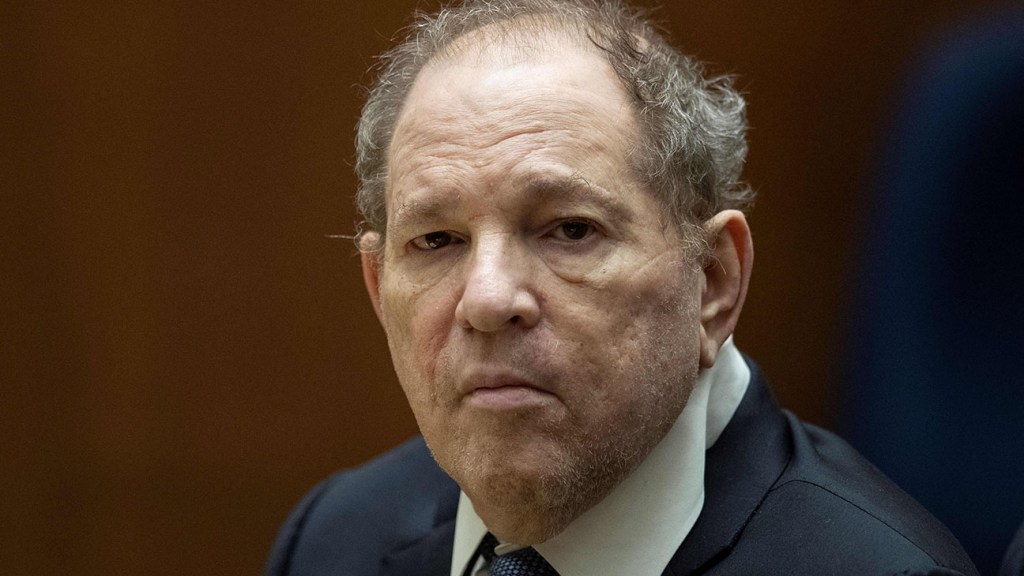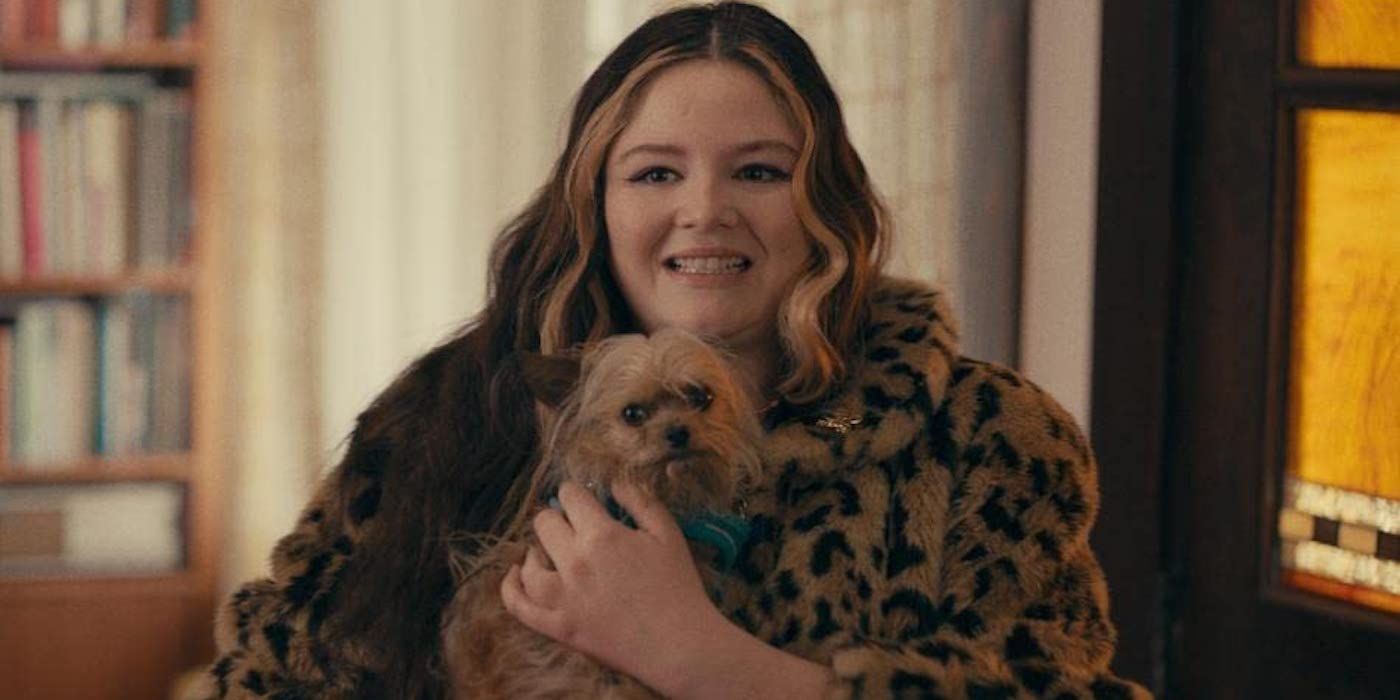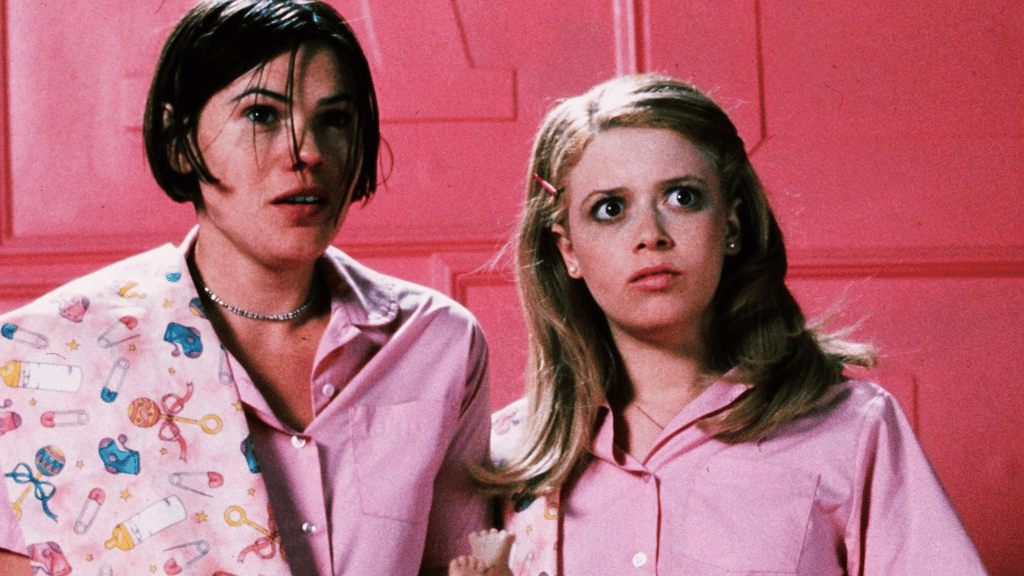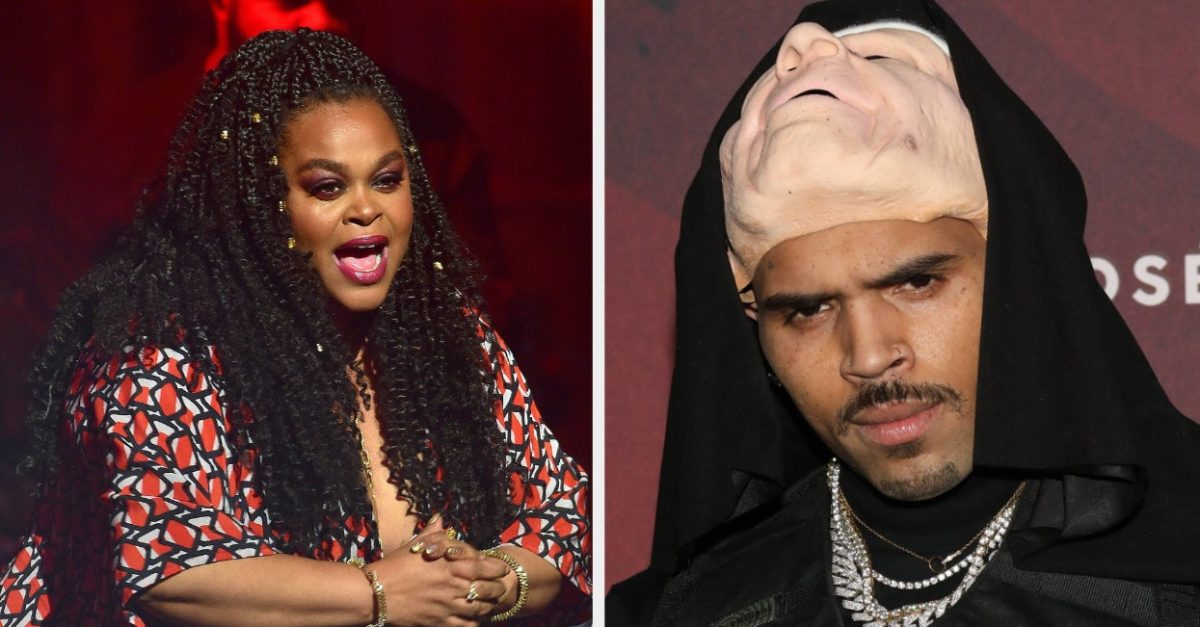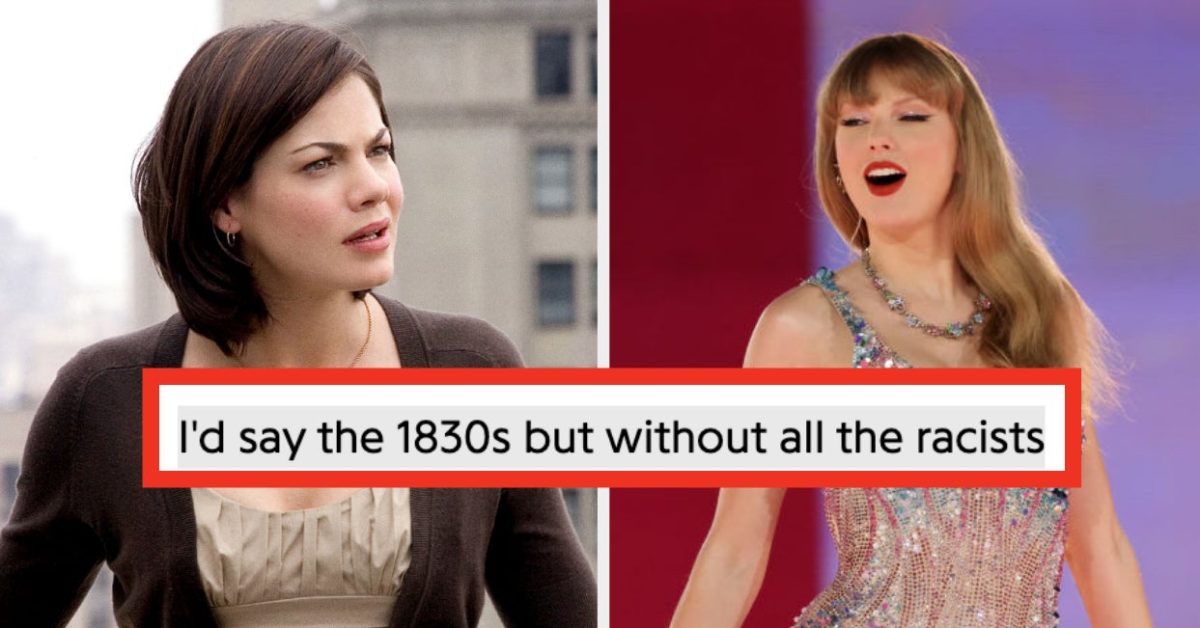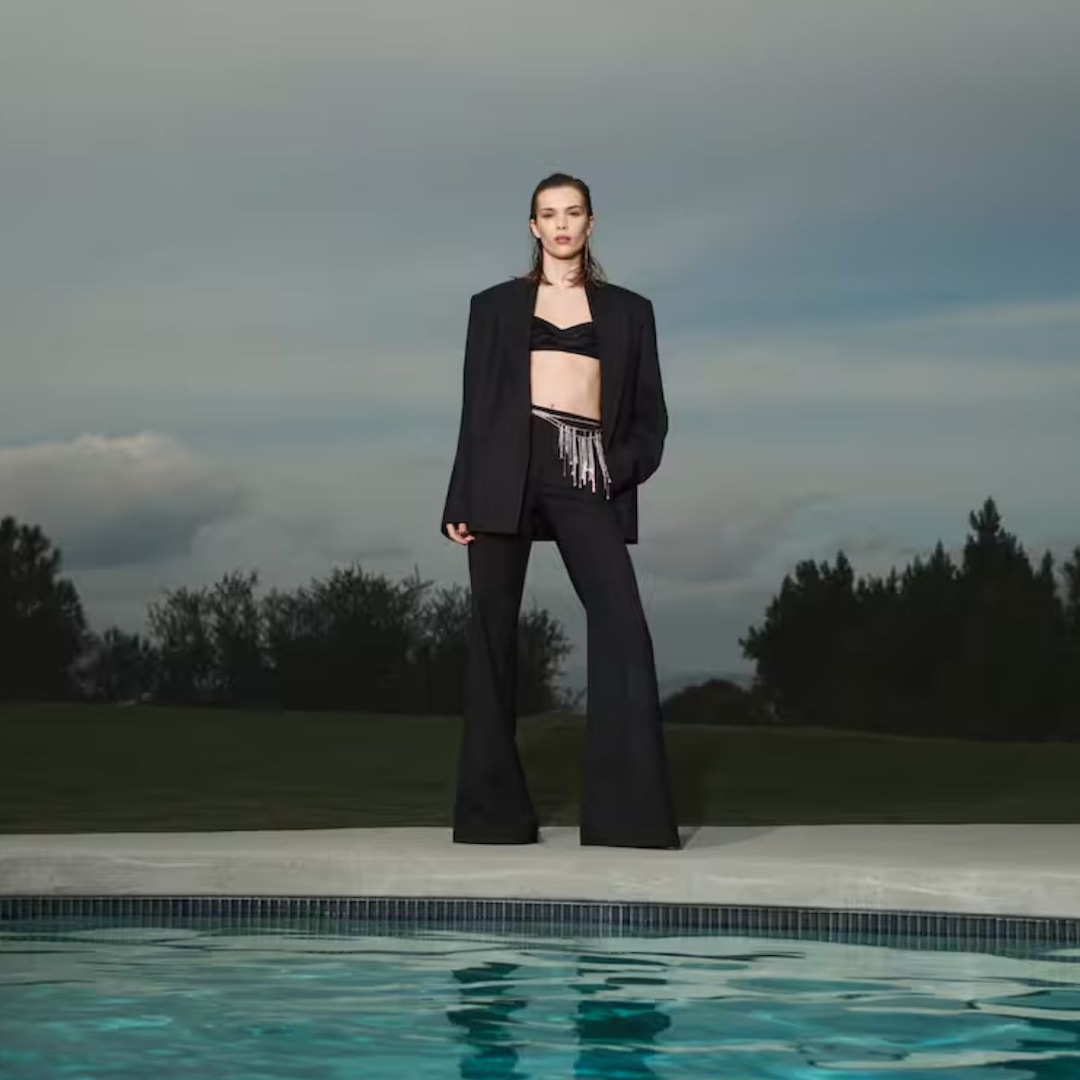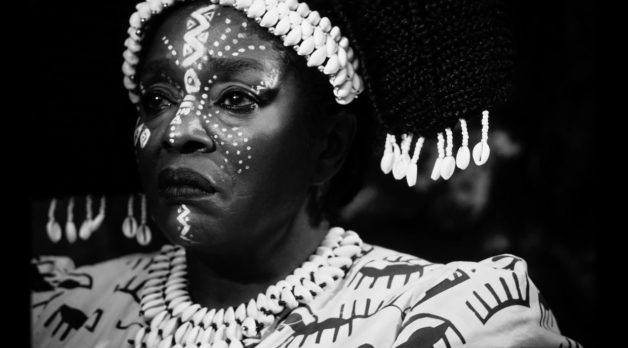
“This Is Filmmaking as an Artistic and Cultural Necessity”: Editor Nathan Delannoy on Mami Wata
Feb 4, 2023
Mami Wata, courtesy of Sundance Institute.
The seaside village of Iyi is the setting for C.J. “Fiery” Obasi’s mythical Mami Wata, which chronicles the fraught relationship between an all-powerful African water deity and the villagers who are currently embroiled in a period of unrest. The widely respected Mama Efe (Rita Edochie) acts as the intermediary between the titular water goddess Mami Wata and the villagers, but the death of a young boy further provokes the villagers toward an act of violence that no entity can control.
Editor Nathan Delannoy discusses the process of cutting the gorgeous black and white film, including how he followed his gut and changed the film’s opening scene.
See all responses to our annual Sundance editor interviews here.
Filmmaker: How and why did you wind up being the editor of your film? What were the factors and attributes that led to your being hired for this job?
Delannoy: Happily for me, C.J. Obasi, the director of Mami Wata, came across Tijuana Bible, a film I’d cut in France for Jean-Charles Hue, a gritty dream-like border thriller set in Mexico. I think he saw in this work that I was comfortable balancing strong atmospheric visuals whilst retaining narrative sharpness and cohesion. I watched some of his previous work and immediately realized I had the opportunity of working with true talent. In coming onboard with Mami Wata, I felt it was a great opportunity for me to challenge myself and open myself up to unfamiliar narrative modes.
Filmmaker: In terms of advancing your film from its earliest assembly to your final cut, what were your goals as an editor? What elements of the film did you want to enhance, or preserve, or tease out or totally reshape?
Delannoy: In Mami Wata, a lot of the heavy lifting is done by the incredible expressionist black and white photography of DP Lílis Soares and the wonderful work on make-up (Campbell Precious Arebamen) and hair (Adefunke Olowu), the challenge was to find an editing style that was on a stylistic par with these strong visuals and be able to carry the film without being imposing. The other big challenge of the project was that the title character Mami Wata, an aquatic goddess, is essentially an off-screen presence for much of the movie. She is constantly mentioned but never seen, so, as I started cutting, I quickly realized I needed to find a way to give her more screen time and to make the spirit realm from which she comes ever-present.
Filmmaker: How did you achieve these goals? What types of editing techniques, or processes, or feedback screenings allowed this work to occur?
Delannoy: In order to boost Mami Wata’s screen time I felt the opening of the film needed to be changed. Originally it started with a sequence that didn’t specifically evoke Mami Wata or catapult us sufficiently into the story, I felt we needed to have a much stronger scene where the ocean was a central component and its very presence would be associated with Mami Wata. This would help embody Mami Wata and cement in the idea that in the audience’s mind that every time we would see the ocean we would think of Mami Wata. I remember being nervous proposing this to C.J. Obasi as it is always delicate changing the opening of the film, especially when the director has been imagining it in a specific way for so many years, but, as soon as he saw it, he loved it and wholly agreed that this was a way stronger opening to his film.
We also reinforced Mami Wata’s presence throughout the film using the incredibly atmospheric shots of the ocean that Lílis had shot and I mixed these in at key moments of the film using extremely long dissolves and parallel editing techniques creating whole new scenes. This was so much fun to do. The resulting scenes all have a hypnotic dreamlike feel to them, they contribute to creating a world where the spiritual constantly bleeds into reality, a world of blurred boundaries.
I need to give a shout out to the sound team Samy Bardet and Julien Tournecuillert who did an amazing job of soundtracking the ocean and providing Mami Wata with a real voice. The film wouldn’t be the same without them.
All the above elements contributed to giving the film the editing style I was looking for and making Mami Wata and her spirit realm ever-present.
Filmmaker: As an editor, how did you come up in the business, and what influences have affected your work?
Delannoy: So I started out quite late in the game, first I did a film studies degree in the UK and then went on to a more technical film course in France. I started editing stand-up comedy for cable TV shows in France. But I always knew that what really interested me were narrative forms. The thing that really changed my path was being mentored by Antoine Vareille, a highly-experienced Paris based film editor, who opened my eyes up to the narrative permutations and general re-writing that were achievable in editing. With him I started to understand what it meant to “find a film” in the edit suite and the endless possibilities of our craft. I haven’t looked back since and am now convinced that I have found the perfect job for me.
Filmmaker: What editing system did you use, and why?
Delannoy: For Mami Wata, I used an Avid set up in my home studio and ran off an old macbook pro. Nayla Baghdadi, my AE on this, did some great work getting the project up and running and assembling some inspiring early cuts of scenes. I do work with other NLEs but find Avid to be the most stable and the most precise when you need to get in there and shave shots down to the frame.
Filmmaker: What was the most difficult scene to cut and why? And how did you do it?
Delannoy: The most difficult scene to cut was the first scene I cut, as it was going to be the first time C.J. would see my work and I wanted to impress him and reassure him that his film was in good hands. We started off working remotely with C.J. in Benin while I was cutting in London and Paris, and finished together in my home studio in Paris. I decided to start with a scene that was central to the narrative and that I knew was going to be a stylistic challenge. It’s a major turning point of the film where one of the main characters is murdered by a vicious mob (trying not to spoil too much here). The scene played well very quickly but I felt something was missing to support some of the already highly stylistic visuals of this climactic moment. I realized the soundtrack would be the key and I immediately thought of a slow relentless drumbeat to accompany the scene. It worked immediately, giving the whole sequence a Kurosawa-esque vibe (I hope that doesn’t sound too pretentious!) and making the visuals spring out. It felt like the whole movie needed to be cut like this and held to a similar high aesthetic standard. When C.J. discovered my cut he was in agreement with my choice of style as it was close to what he had imagined even though we had never specifically discussed it! The editing on this scene informed our approach for the rest of the film, we used the drumbeat as a motif throughout the film.
Filmmaker: Finally, now that the process is over, what new meanings has the film taken on for you? What did you discover in the footage that you might not have seen initially, and how does your final understanding of the film differ from the understanding that you began with?
Delannoy: The new meaning for me is realizing the amount of raw passion that went into this film. You have to understand that this is a very very low-budget film that has been made because of the sheer belief generated by C.J. and his producer Oge Obasi, this is filmmaking as an artistic and cultural necessity. I’m very much in awe of what they have achieved, and feel very privileged and humbled to be a part of this adventure. To be selected at the 2023 Sundance film festival is the best spotlight we could have hoped for.
Publisher: Source link
Jill Scott’s Chris Brown Tweet Faces Backlash
*deep sigh* In times like this, I wish Jill would've remembered and practiced her own lyrics, "Maybe we could just be silent." If you or someone you know is in immediate danger as a result of domestic violence, call 911.…
Apr 25, 2024
Skai Jackson Reveals Where She Stands With Her Jessie Costars
After starring as brainy Ren Stevens for three years on Even Stevens, bringing the titular Kim Possible to life, and starring opposite Hilary Duff in the 2002 DCOM Cadet Kelly, Christy Carlson Romano took to Broadway for a 31-week run…
Apr 25, 2024
Taylor Swift Lyrics About 1830s Has People Really Confused
taylor swift: the old world was misogynistic and racist, but people are blinded by aesthetics and nostalgia. in reality i would’ve hated being theretwitter users: she’s racist— who’s afraid of little old elin? (@tsignelin) April 19, 2024 Disclaimer: This story…
Apr 24, 2024
Victoria Beckham’s New Collaboration With Mango Is as Posh as It Gets
We independently selected these deals and products because we love them, and we think you might like them at these prices. E! has affiliate relationships, so we may get a commission if you purchase something through our links. Items are…
Apr 24, 2024

